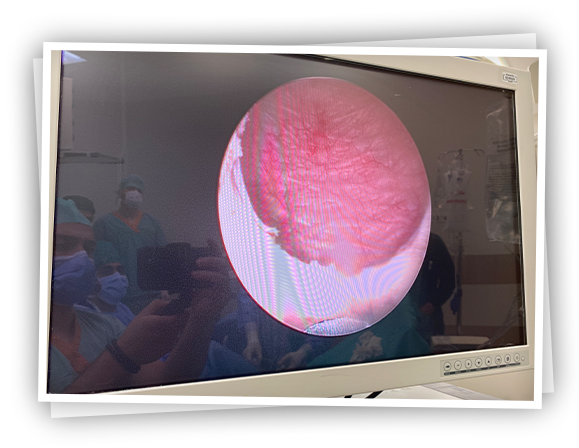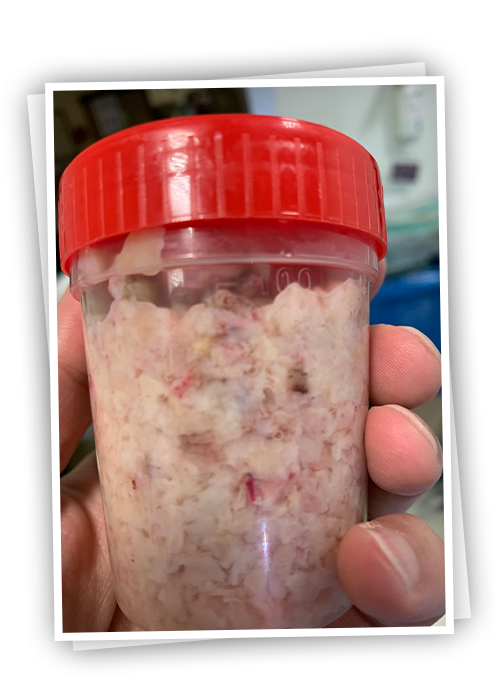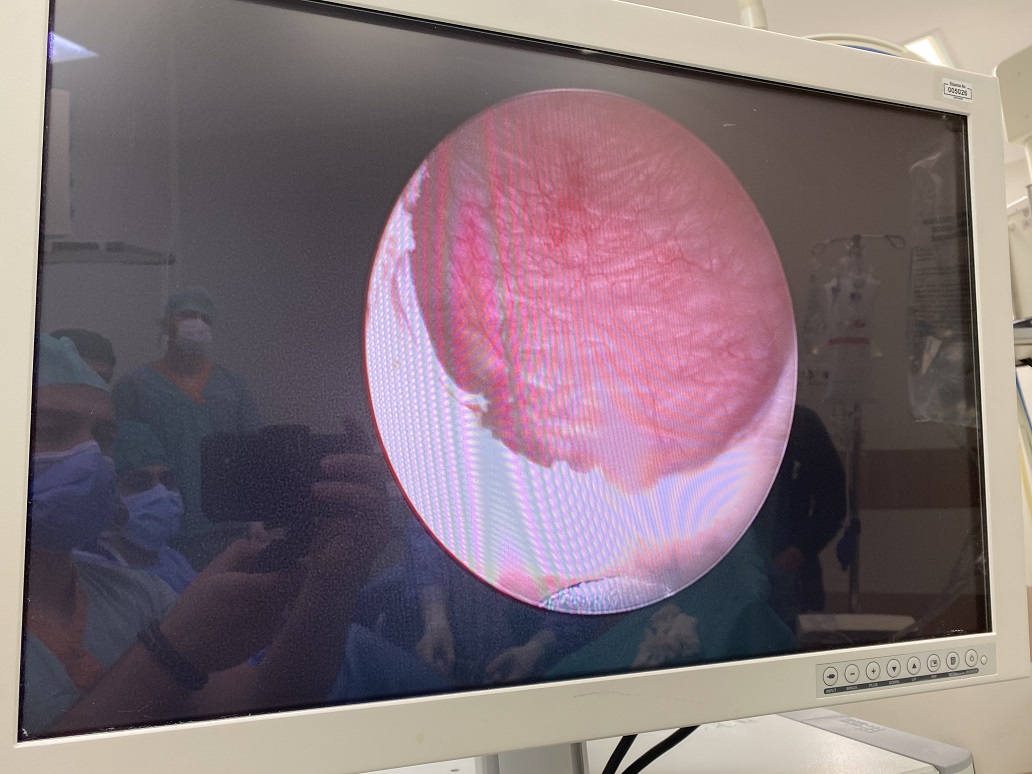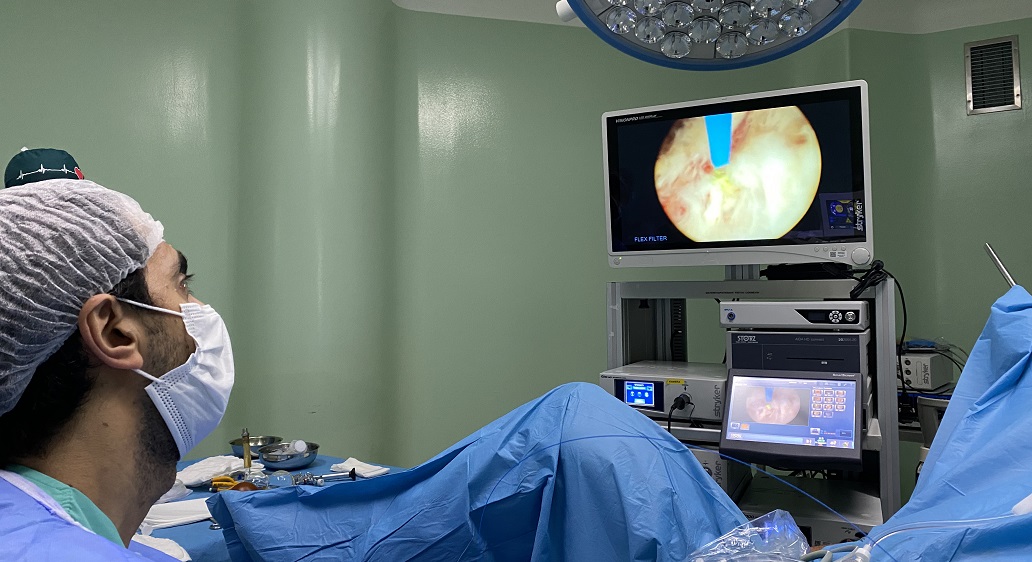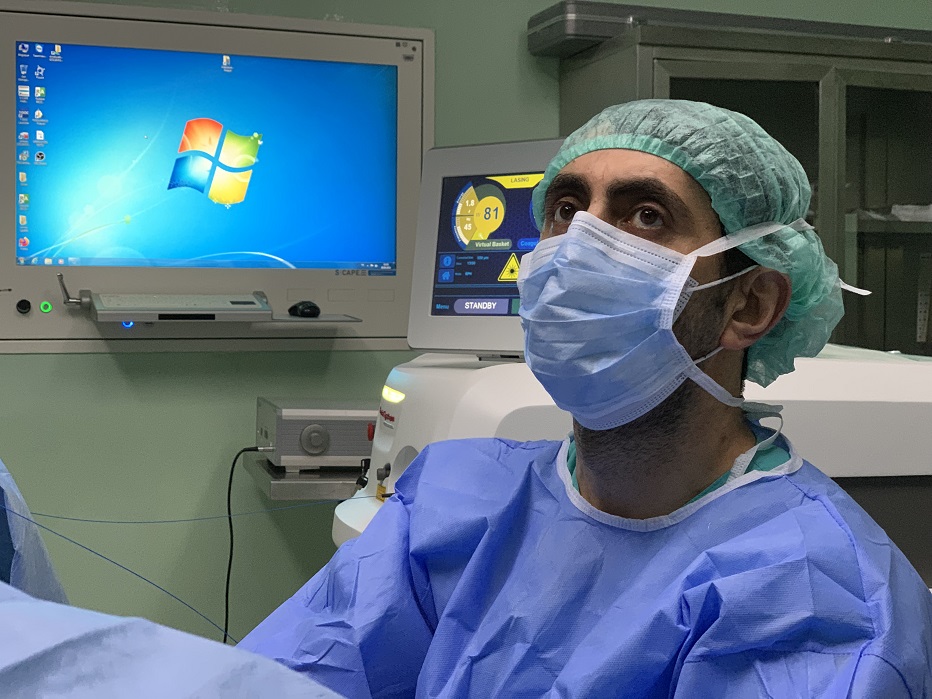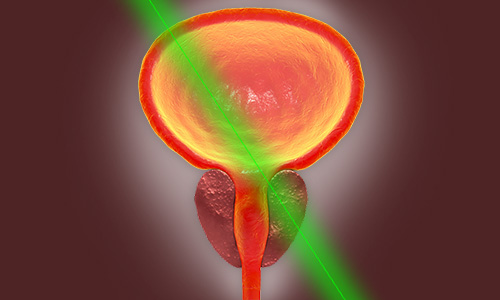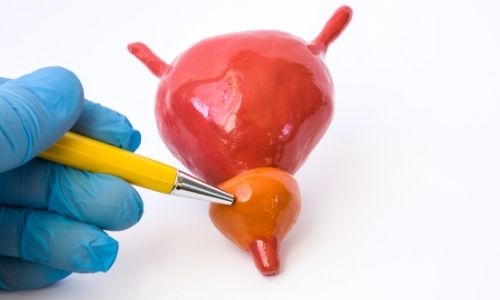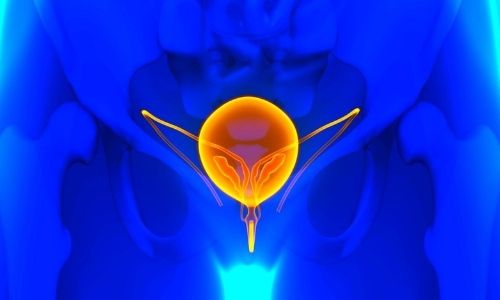Does HoLEP Affect Sexual Functions?
Although the prostate does not take an active role in terms of sexual functions, surgery may affect sexuality due to its location. Nerves passing around the prostate that provide erection may be adversely affected during surgery. The rumor among the public that "he had prostate surgery, his masculinity is gone" is a situation that is more at risk of encountering after radical prostatectomy operations, where the entire prostate is removed.
In benign prostate enlargement surgeries such as HoLEP, the prostate is stripped from the capsule. When compared in terms of the energy used, it has been shown that the holmium laser energy affects the prostate capsule to a depth of only 0.4mm. In other words, the energy used to separate the prostate tissue does not harm the nerves that provide hardening. The electrical energy used in TURP surgery can be spread to a depth of 4mm.
In terms of sexual functions, the common disadvantage of HoLEP and other TURP-open prostatectomy techniques is that they cause retrograde ejaculation or inability to ejaculate. Since the prostate tissue is completely cleaned, semen goes back to the bladder at orgasm and is then excreted in the urine. There is no harm in this situation in terms of health.
As a result, HoLEP will not harm the erection and will cause back ejaculation at the time of orgasm.
What Can Patients Expect After Surgery?
Washing fluid is sent to prevent intra-bladder clots with the catheter after the surgery, and when the urine color turns light pink on the 1st day, the washing fluid is turned off and usually on 1-2 days. day probes are taken. After the catheter is taken, a change in urine color is noticed. Especially at the beginning and end of the urine stream, a red-pink color can be seen. This situation is mostly temporary. If you have been using blood thinners before and you have been given an injection, you may need to continue needle treatment until your urinary bleeding decreases. As fluid intake increases and urine output increases, urine color will become lighter.
Burning and pain while urinating are also common complaints in our patients. It is usually temporary and is common in the first weeks.
Since the prostate is completely removed, patients may experience dripping and inability to control urination, especially in the first weeks. This situation varies from patient to patient. We see it more frequently in those who remain with the probe for a long time, are immobile, have neurological disease or diabetes. Pelvic floor exercises are especially recommended to prevent these complaints. In some patients, if the complaints do not go away, drug treatments may be recommended.
Unfortunately, we encounter infections after surgery in some patients (4-6%). We see this situation more frequently, especially in patients with diabetes mellitus, whose immune system is weakened, and who remain on the probe for a long time. This risk can be minimized by prior urine culture and treatment.
When can I return to normal life?
After being discharged from the hospital, they can return to their normal lives approximately 1-2 weeks later. If they have a heavy work schedule, it is recommended to return to business life after at least 2 weeks of rest. They can do non-heavy physical exercises. As a diet, I recommend that they take plenty of fiber foods and not be constipated. I recommend that they stay away from acidic drinks and spicy spicy foods, especially in the first month. They should be careful not to catch a cold, as it will predispose them to cold urinary tract infections. Sexual intercourse is not recommended for the first 4 weeks after surgery. Bleeding in the urine and semen may occur after the first intercourse.
Is Prostate Tissue Removed After HoLEP Examined by Pathology?
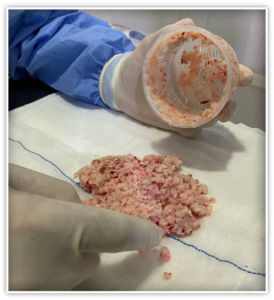
Prostate tissue removed in HoLEP surgery is placed in necessary containers and sent to the laboratory for pathological examination.
In the methods of evaporation of the prostate with laser called green-light, tissue was not available for pathological examination.
In our HoLEP technique, the entire prostate tissue that closes the enlarged urinary tract can be taken out.
According to the report from the pathology, we can apply follow-up or additional treatments to our patients. However, since all of our patients were evaluated in detail for cancer before surgery, we have not encountered this situation until now.
Does the prostate grow back after HoLEP or do you need surgery?
Since the prostate tissue is completely separated and removed from the capsule by laser, no fragments are left behind. With the classical TURP technique, the prostate is cleaned enough to open the urinary tract. If we think from the orange example, in the HoLEP technique, the tissue is separated by going down to the peel layer, and in the TURP technique, the tissue that blocks the urinary pipe in the middle is cleaned. Therefore, prostate tissue may enlarge and compress the urinary tract again in those who have undergone surgery with the TUR-P method. In the HoLEP method, there is no need for re-operation since there is no prostate tissue left behind.
The information on this page has been prepared to enlighten patients. Please contact our doctor to get comprehensive information about diagnosis and treatment.”
HoLEP Surgery in 5 Questions
What is HoLEP?
HoLEP is the latest technological method in the treatment of benign prostate enlargement. It is the gold standard surgery in which the prostate tissue is stripped from its capsule with a laser (holmium laser).
Under anesthesia, it is entered through the external urethra at the tip of the penis with instruments with cameras. The enlarged prostate tissue blocking the urethra is completely separated from the shell (capsule) by laser and thrown into the urinary bladder. The prostate tissue thrown into the urinary bladder is vacuumed with special tools and taken out in pieces.
For our patients to understand more clearly, we can compare the prostate to a large tangerine or orange. The shell is the capsule of the prostate. Here, with HoLEP surgery, the inside of the orange is completely stripped from the peel by laser, since the urinary tube passing in the middle of the orange is blocked. As a result, complete cleaning is ensured so that no prostate tissue remains on the prostate capsule.
Our patients sometimes think that the entire prostate is removed. It is taken completely with the prostate shell in patients with prostate cancer. In the HoLEP technique, which we apply in benign prostate enlargement, the prostate is stripped and removed from the capsule.
Does HoLEP Affect Sex Life?
The laser used in HoLEP surgery does not damage the tissue. Nerves that provide erection pass from the outside of the prostate. In the TUR method, which was used before in prostate surgery, the electric current can spread to a depth of 4 mm in the tissue. The Holmium laser used in the HoLEP method can spread to a depth of 0.4mm in the tissue. Therefore, the nerves that provide erection are not adversely affected during the HoLEP procedure, and the erection is not impaired.
Orgasm and semen output during sexual intercourse are generally impaired in prostate surgeries. The semen flows back into the bladder and is excreted in the urine. Patients can have normal erections, enjoyment and orgasm.
When Can I Return To Normal Life After HoLEP?
After the HoLEP procedure, patients stay in the hospital for 1-2 days. After being discharged from the hospital, it is usually possible to return to normal life 1 week later.
After discharge, it is recommended that patients consume plenty of fluids, do not drink acidic beverages, do not consume constipated foods, keep themselves warm, do not lift heavy weights, and do not strain.
It is necessary to wait 1 month to return to normal life and sexual activity. In this 1 month, patients may experience burning, frequent urination and light bleeding. Some patients may have slight drips.
These complaints will pass within 1 month.
HoLEP or TUR?
In the TUR method, the prostate tissue blocking the urinary tract is cut open with a wire with an electric current at the end. It can be applied up to 80-100 gr. However, the chance of success is low in larger prostates.
Prostate tissue is left behind and this tissue can grow and cause reocclusion. It is a more bleeding surgery. The electric current used can be spread 4mm deep.
HoLEP is a method in which the prostate tissue is completely separated from its capsule by laser. No prostate tissue is left behind. There is no need for re-operation. Bleeding is much less. It can be applied to prostates of all sizes. It does not adversely affect the hardening.
With all these advantages, it has become the gold standard treatment method, superior to other treatment methods.
What is the Price of HoLEP Surgery?
During HoLEP surgery, technological devices imported from abroad such as high-energy laser devices and morcellators are used. HoLEP surgery, which is a very popular method in our country, cannot be performed in public hospitals yet.
This method is applied in private hospitals with SGK agreement. However, this method is still higher than the TUR prostate method due to the high cost of the special devices used.
Another issue that our patients should know is the experience of the surgeon as well as the HoLEP device. The many advantages of HoLEP only emerge in expert hands. As with every surgical technique, even the best device is successful if it is used in skilled hands. The HoLEP technique is very difficult to learn and is open to complications if not applied in expert hands.
